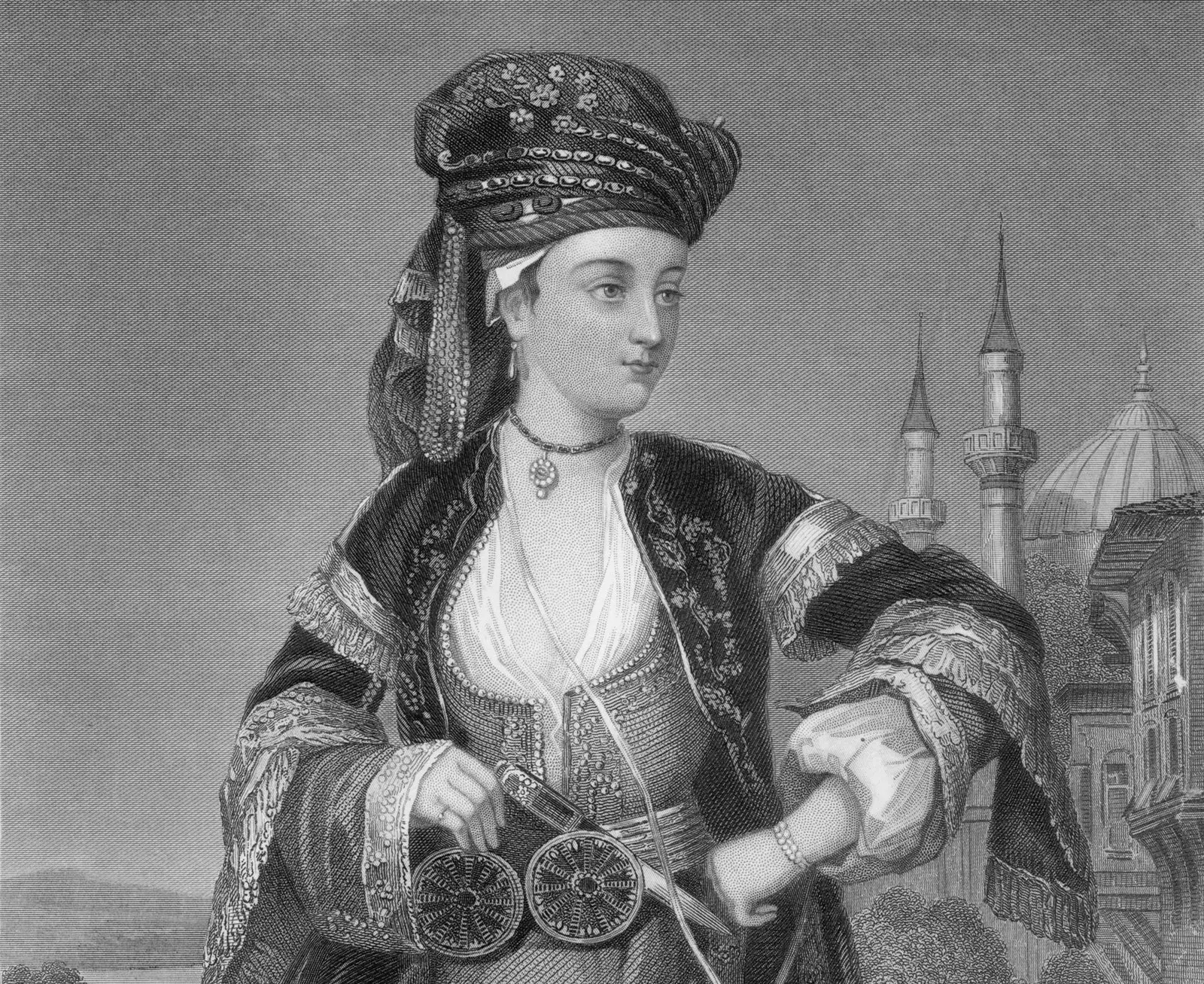
Mary Montagu, author of 'Letters from Istanbul'
The usual thing was that they accompanied them as wives, daughters, mothers or sisters. The destination used to be a colonial post, a trade mission, or a religious one.
Like them, withstand extreme temperatures and the harsh conditions of the journey , but their ability to understand a strange environment, alien to the domestic, was assumed to be limited.
Break prejudices, take the initiative and act It required a strong will. The masculine presence established, in itself, a social framework in movement.
These five women prevailed on their journeys in very diverse circumstances and settings. Curiosity, concern, or doubt, placed them in the foreground.
BEYOND THE HAMMAN
Mary Montagu arrived in Turkey in 1716 as the wife of the English ambassador. The trip had lasted for more than a year. In Sofia she first entered a hammam . She was amazed to see the women of the Bulgarian aristocracy naked and depilated, conversing in an atmosphere of intense eroticism.
In istanbul , hidden under the yasmak, the veil imposed by Turkish tradition, she explored the bazaars and baths.
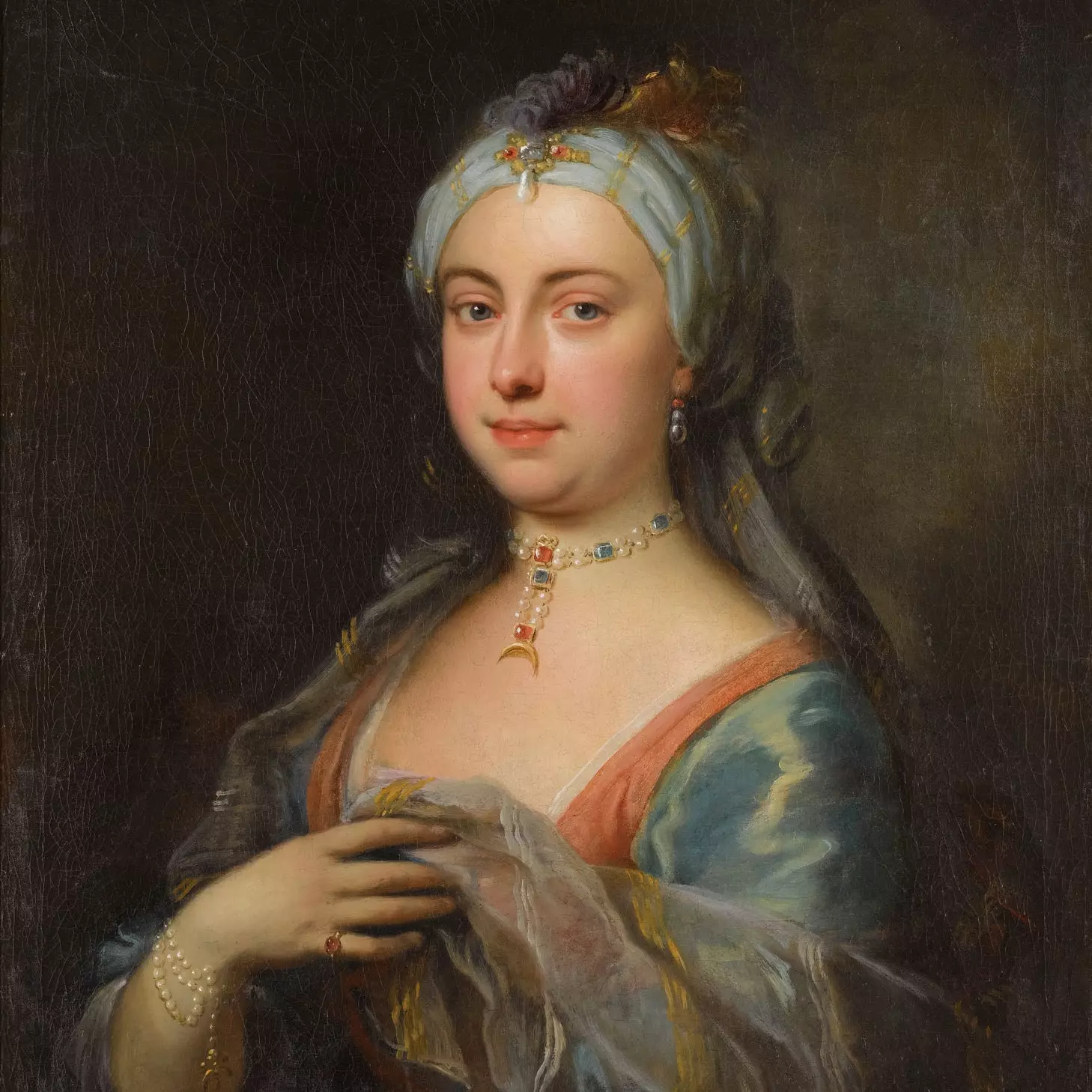
Lady Mary Wortley Montagu
She is celebrated in London for the wit of her satires and poems, in Letters from Turkey she clarified many of the misperceptions of travelers who had captured a vision of the Turkish woman from fantasy. Her feminine condition allowed her to access spaces forbidden to men, such as the harem. Ingres was inspired by her texts to paint The Turkish Bath.
Montagu, who had suffered from smallpox in England, she discovered in Istanbul vitriolization, an antecedent of the vaccine, that she applied to her own children and that she defended in London against the resistance of the medical establishment.
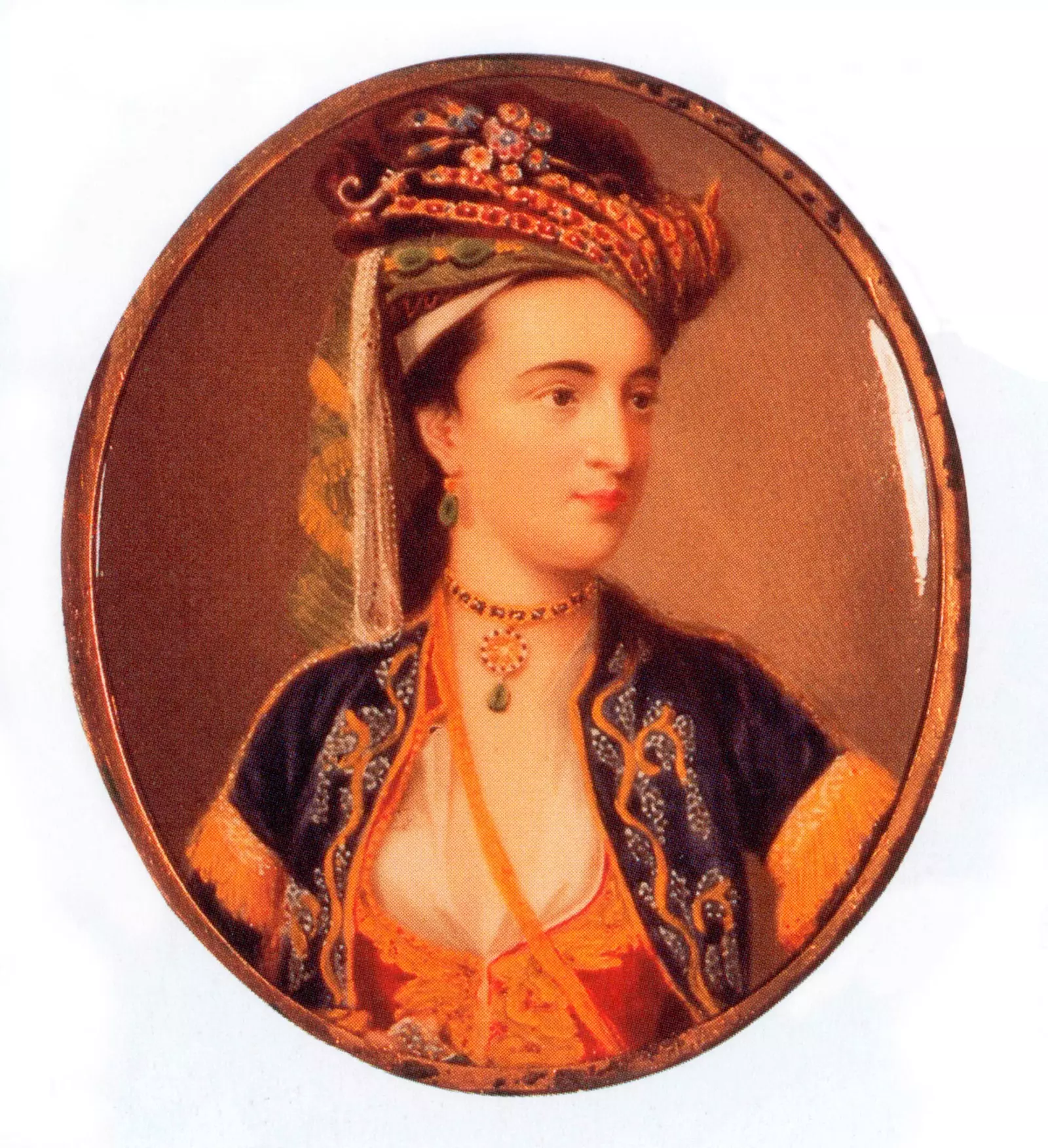
Mary Montagu, much more than the hamman
AMAZON COURAGE
Elisabeth de Godin, Born in Riobamba, in the Andean region of Ecuador, she was daughter of a high official of the Viceroyalty of New Granada. She was married at age fourteen to Jean Godin des Odonais French cartographer and naturalist.
In a geodesic expedition led by La Condamine, Jean was trapped in French Guiana in 1749. The authorities prohibited the French citizen from crossing the territory of Brazil to return to Riobamba. The confrontation between Godin and the Portuguese administration extended the veto for twenty years.
Elizabeth took the initiative. With two of her brothers and thirty servants she crossed the Andes and entered the Amazon. The smallpox epidemic intensified the conditions of the trip. They found the Canelos mission plagued by disease. They recruited the indigenous people who had survived, but they deserted.
In the fluvial crossing, the management of canoes was complex for the inhabitants of the altiplano. A group of servants drowned. Elizabeth decided to camp and sent a trusted servant to establish contact with the ship that her husband had sent in search of her.
Casualties in the camp occurred due to infection caused by insect bites. All died, except Isabel, who went into the jungle alone. With the help of a group of indigenous people, she managed to reach the ship that was waiting for her. ** In 1770 she joined her husband at Saint-Georges-de-l'Oyapock, in Guyana. **
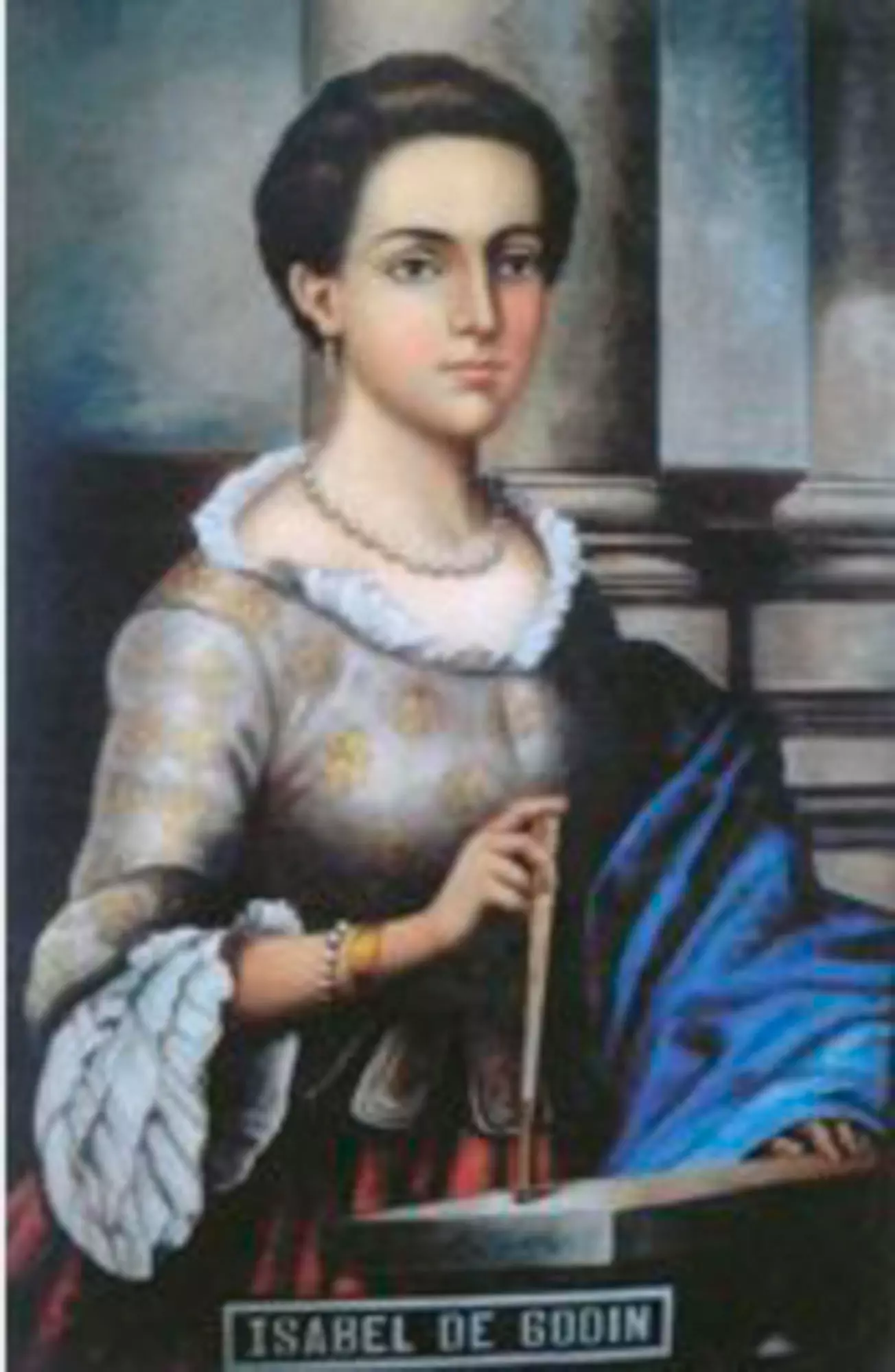
Portrait of Elisabeth de Godin
ASIAN EXTRAVAGANCES
Aimée Crocker inherited a large fortune at the age of ten. Her father, a banker, had financed America's railroad expansion into the Pacific. In 1880 her mother sent her to Europe, where she broke off her engagement to a German prince and embarked on an affair with a bullfighter. Her first marriage ended with a custody fight for her daughter, which she lost in favor of her ex-husband.
After the process, she Aimée did not seek refuge in an appropriate surname. She directed her gaze to Asia. Her first destination was Hawaii, where she was gifted an island by King Kalakaua and given the title of Princess Palaikalani: 'heavenly happiness'. To the stupefaction of the missionaries, she danced the hula-hula and wore palm skirts.
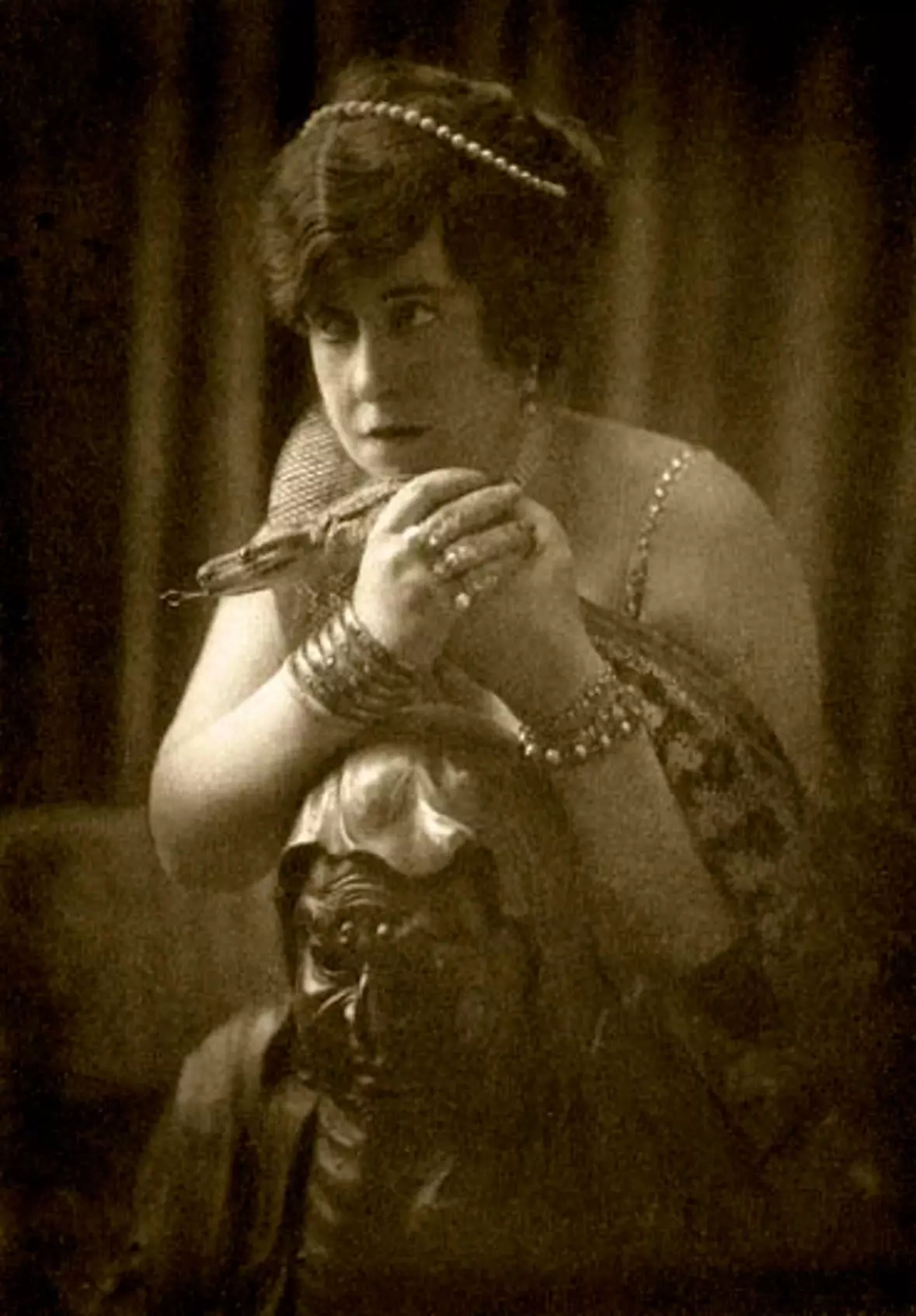
Aimee Crocker, Princess Palaikalani
Her marriage to Henry Mansfield Gilling, a conjurer and opera singer, did not hinder her freedom. The presence of her husband did not prevent her from taking as her lover the Baron Takahimi in Tokyo, who offered him a mansion with paper walls, or to a Chinese feudal lord, with whom she traveled from Hong Kong to Shanghai.
In Indonesia , a Borneo prince took her to a remote village. Her subjects rebelled at the possibility of having a white woman as queen and attacked her. ** she escaped in a canoe to a Dutch garrison. **
Aimée's journey reached its culmination in Bhojaveda yogi's cave in Poona , where she experienced a vision that led her to convert to Buddhism.
ROAD TO EASTER
Katherine Routledge graduated with a BA in Modern History from Somerville Hall, one of the Oxford colleges founded in the 19th century for women. She devoted herself to teaching and was part of the committee she oversaw the conditions of English emigrants to South Africa after the Boer War.
In 1906 she married William Routledge. Together with him, she investigated the archaeological mystery of Easter Island. With the support of the British Museum and the Royal Geographical Society they set out to solve it. They equipped a schooner that they called Mana: the spiritual energy that, in Polynesia, governs and heals the universe.
On the island, they excavated some of the moai. They discovered that the motifs carved on their backs were the same as those depicted in the tattoos of the local population, implying continuity.
With the help of a guide, Katherine collected customs, legends, samples of Rongorongo writing, and cataloged the moai. When her husband was forced to travel to Valparaíso , in Chile, as a consequence of the German threat in the First World War, she remained in charge of the expedition.

Katherine Routledge, Easter Island Adventure
FROM THE SAHARA TO THE SILK ROAD
Eva Dickson was divorced in 1932 because her husband did not approve of her travels. Her passion for aviation and her rallying fueled a pioneering image in Sweden, her home country. Her popularity made it possible** to finance her expeditions by gambling on challenges considered unaffordable for a woman. **
She met Baron Bror Blixen in Kenya , who remained in the British colony after the divorce and departure of Karen, author of Out of Africa. They became lovers. During her stay she accepted a new bet and drove from Nairobi to Stockholm, making her the first woman to cross the Sahara by car. **
She returned to Bror and, due to the Abyssinian crisis, she became a war correspondent for a Swedish newspaper. They were married in New York. After the honeymoon trip to the Bahamas, she undertook her great challenge alone: traveling the silk road by car.
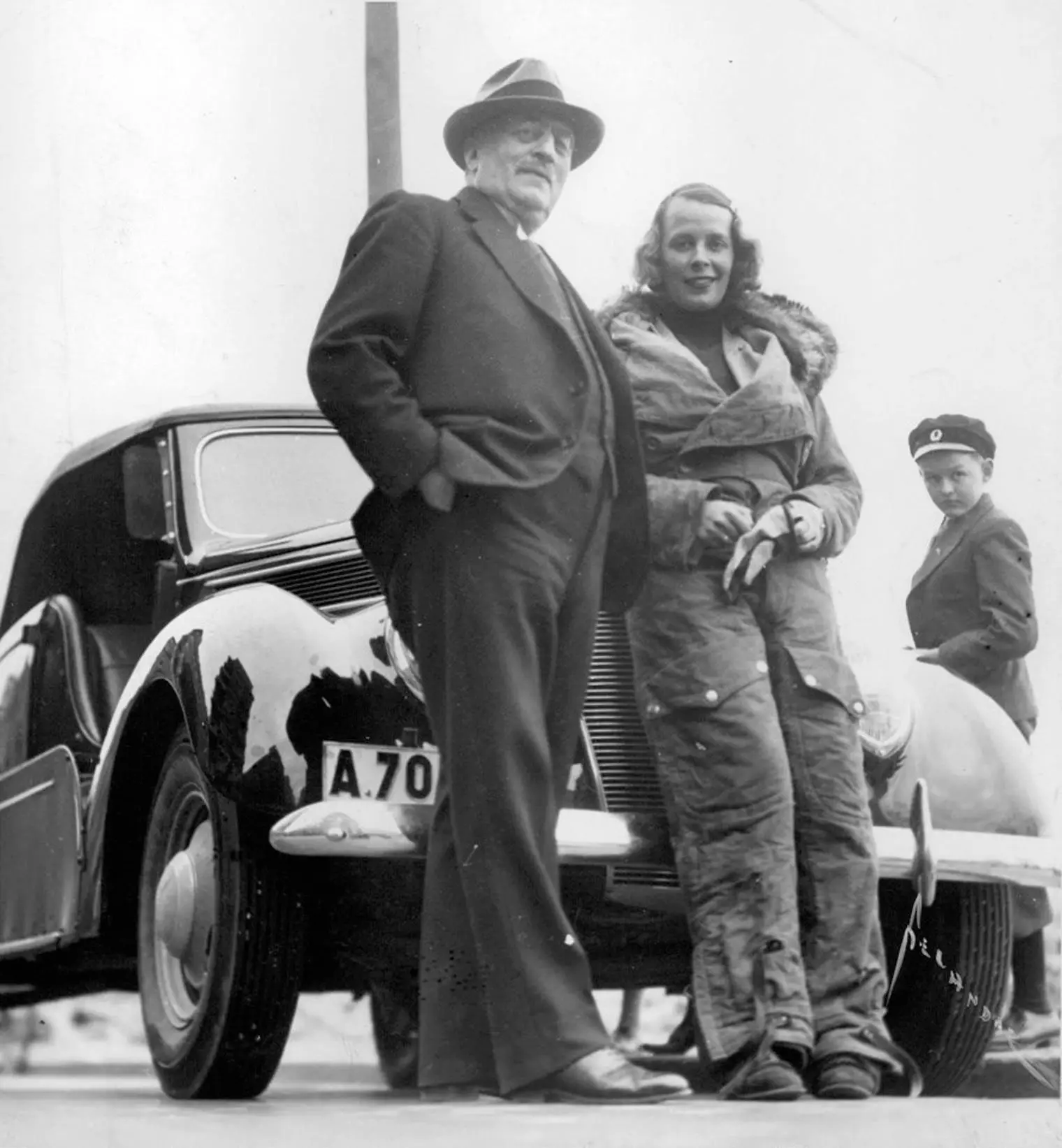
Eva Dickson, queen of the road and the desert!
